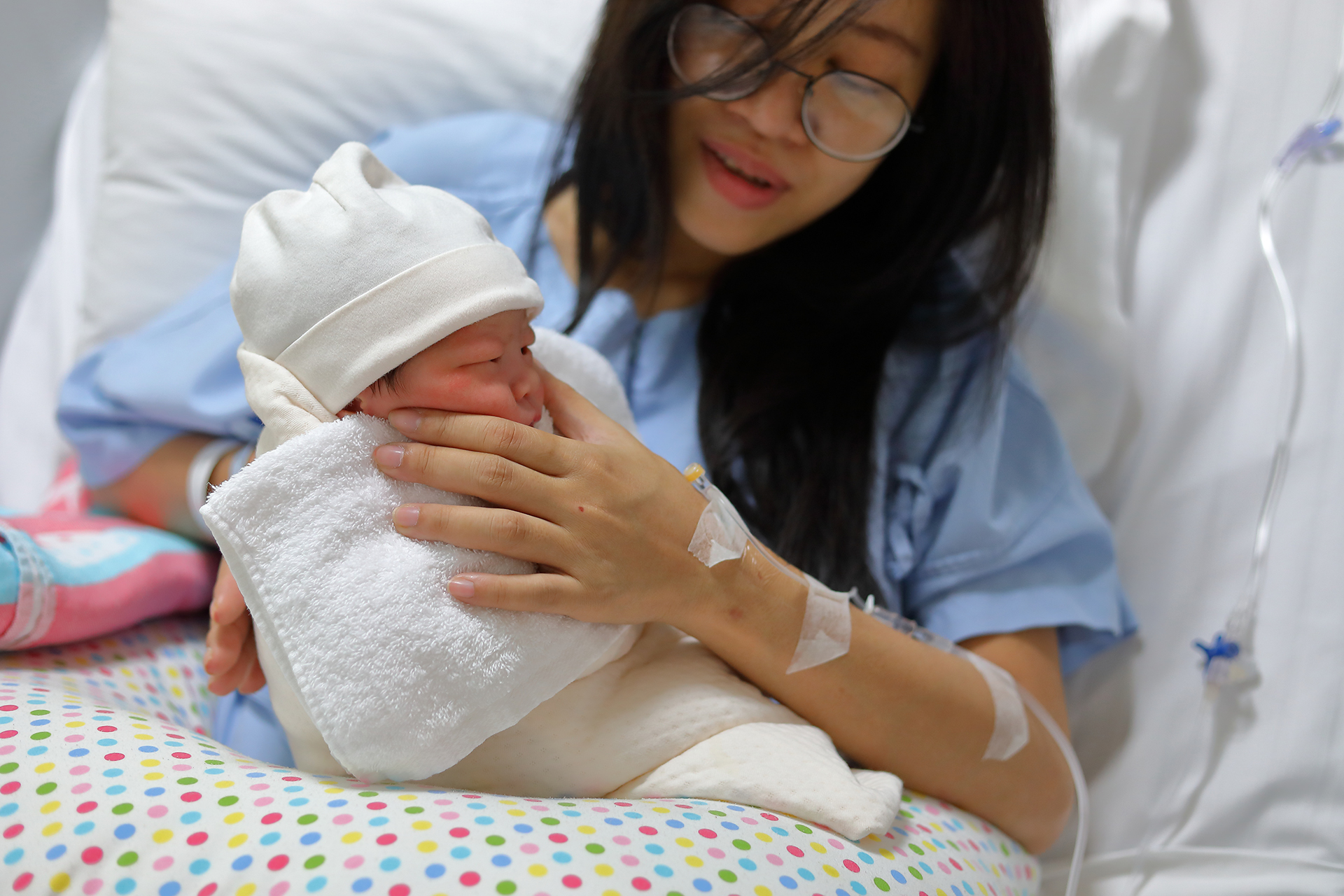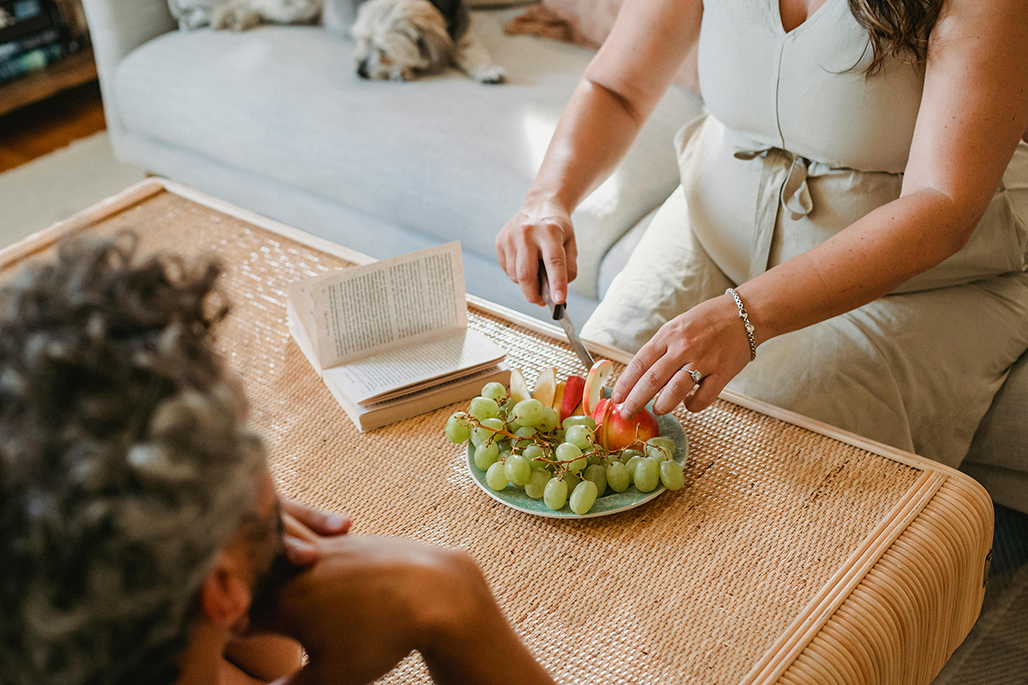As a new mom, you might wonder, "How do I know if my baby needs to be burped?" or "What’s the best way to burp a gassy newborn?"
Understanding why burping is essential can help keep your little one comfortable and happy! This is even more important if you have premature twins or triplets, as it can be completely overwhelming when all of them are gassy and fussy at the same time!
During feeding, babies often swallow air—especially bottle-fed babies, but breastfed babies can too, particularly if you have a strong letdown, fast milk flow, or oversupply. Additionally, food intolerances (like ingredients in formula or allergens passed through breast milk) can cause excess gas, making burping even more important.
💡 Pro Tip: Using a paced bottle-feeding method can help reduce gas buildup in your baby!
Burping (also called winding your baby) is a key part of newborn care that helps prevent spit-up, reflux, and gas pain. But when and how should you do it? Here’s a step-by-step guide to help you master this essential parenting skill.
When Should You Burp Your Baby?
For best results, burp your baby:
Midway through feeding – Pause halfway to release trapped air.
After feeding – Helps prevent spit-up and discomfort.
Even if they seem fine – Newborns, especially preemies, benefit from frequent burping.
As your baby’s digestive system matures (around 4-6 months), they’ll naturally outgrow the need for burping. Until then, these gentle burping techniques can make feedings smoother for both of you!
What are the various ways to help let the gas out?
Upright Positioning:
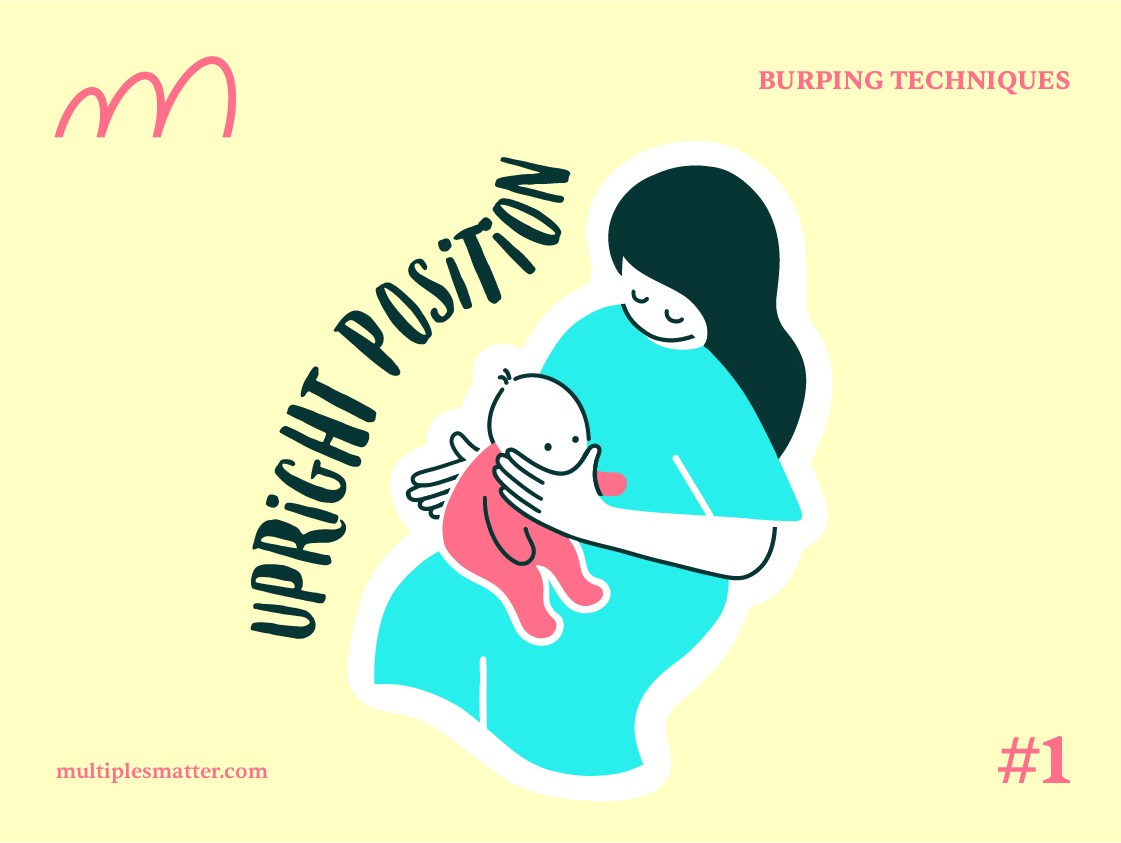
Hold your baby in an upright position against your shoulder or sit them on your lap while supporting their chest and chin with your hand. This position minimises pressure on the stomach and facilitates the release of trapped air. We’ve found that simply holding our newborn triplets (yes, one by one...) upright on our lap while gently bouncing or rocking our legs helps them burp effortlessly.
Gentle Patting:
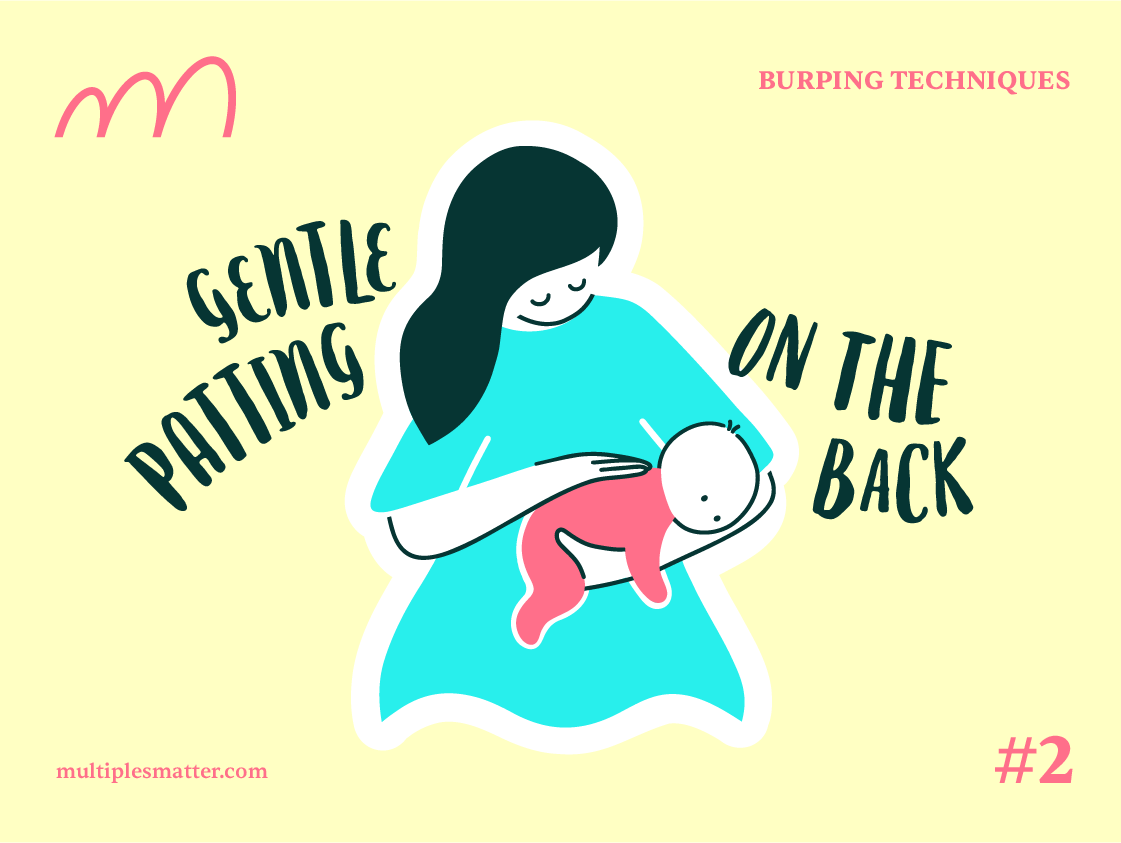
Use a gentle patting motion on your baby's back, focusing on the upper back between the shoulder blades. Experiment with the intensity of the patting, as some babies respond better to lighter touches while others may need a slightly firmer approach.
Lateral Support:
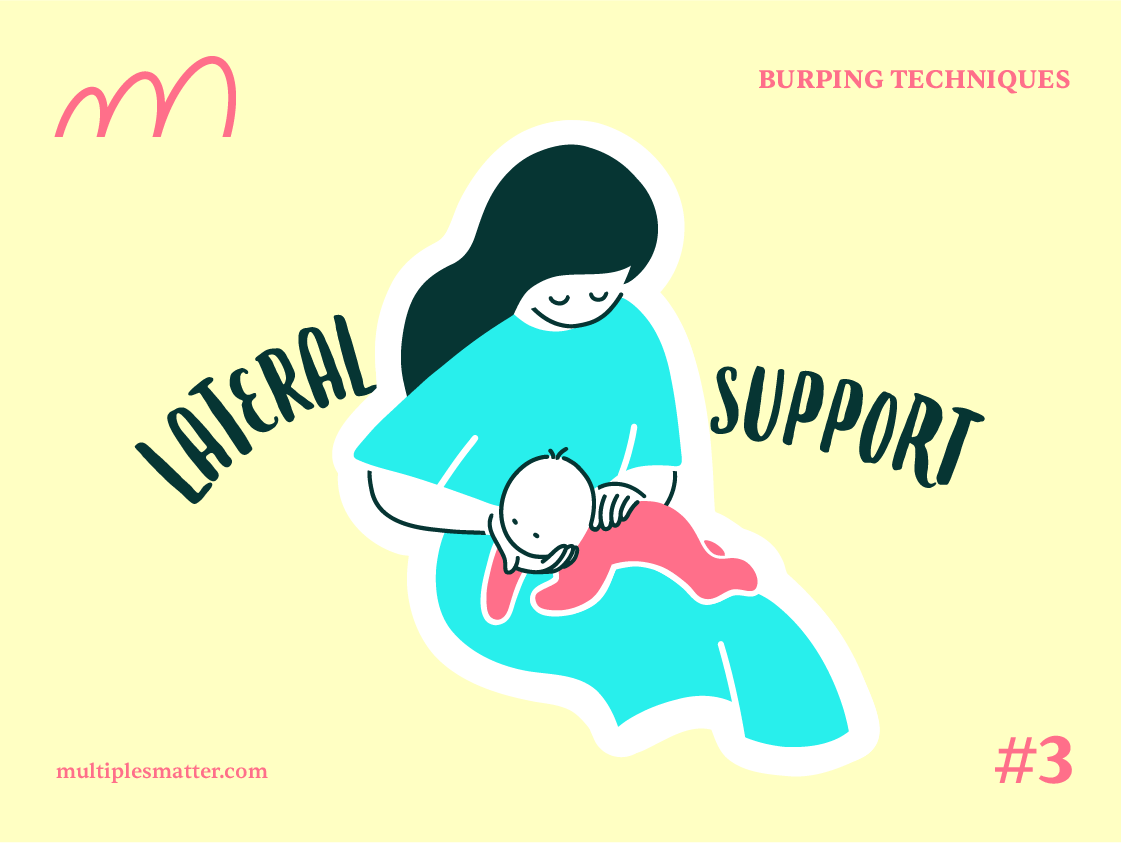
Lay your baby on your lap, face down, with their head slightly elevated. Support their chin with one hand and gently pat or rub their back with the other.
Bicycle Legs:
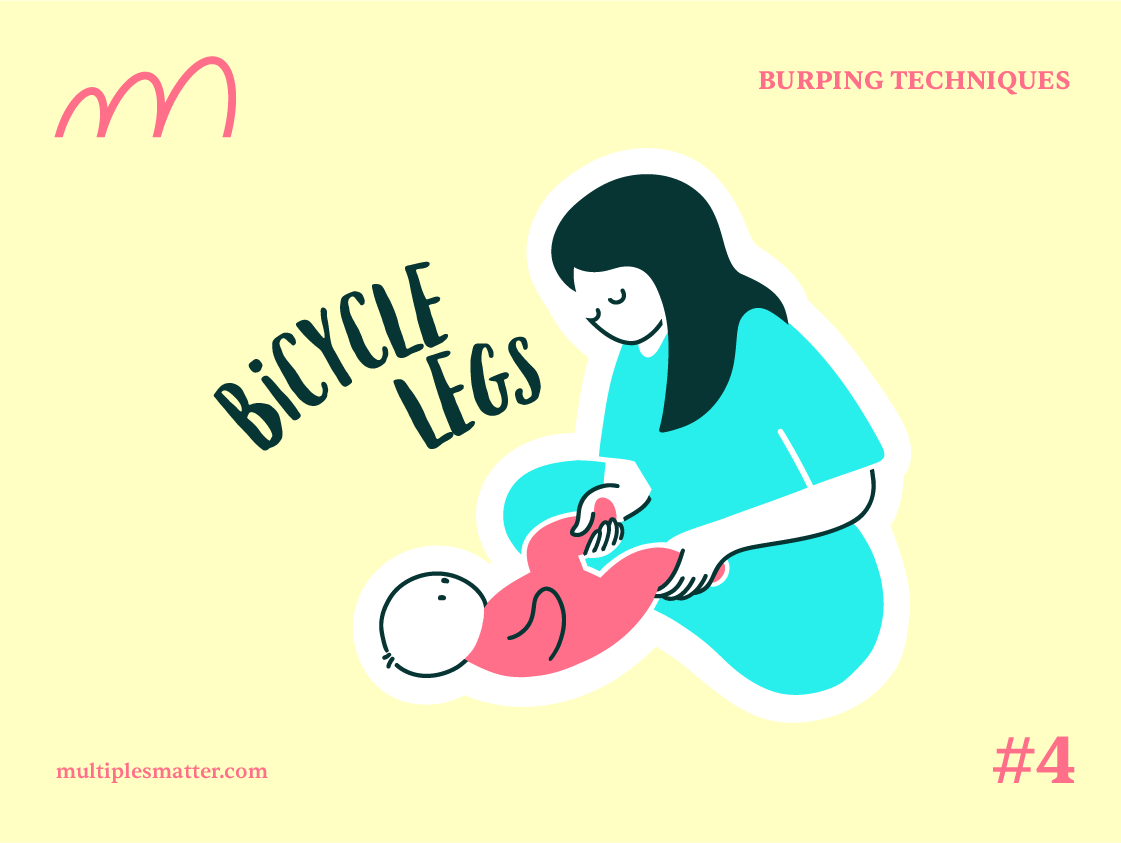
While your baby is lying on their back, gently move their legs in a bicycle-pedaling motion.
This can help to release gas and alleviate discomfort in the digestive system.
Experiment with Positions:
Should your baby not burp within a few minutes, alter their position and attempt to burp for an additional few minutes before resuming the feeding. Try different burping positions to find what works best for your baby. Some infants may prefer being held upright, while others may prefer a seated or lying position.
Observe Cues:
Pay attention to your baby's cues during and after feeding. Signs of discomfort or restlessness may indicate the need for another burp, even if you’ve already burped the baby once or twice.
To minimise the likelihood of milk regurgitation, ensure your baby remains in an upright or angled position for 10 to 15 minutes after feeding. We find reflux wedges or pillows (like the Clevamama ClevaFoam Reflux Wedge or this one) extremely helpful! You may also wish to extend the duration if your baby experiences frequent spit-ups or has Gastroesophageal Reflux Disease (GERD). However, occasional spitting up is normal for infants, and it's likely more bothersome for you than for your baby.
Every baby is unique, so be patient and attentive to your little one's signals. By incorporating these practical tips into your routine, we hope you have a smoother feeding experience and happier bub(s)!
---
Whether you're raising multiples or multiple children, finding a supportive parenting community makes all the difference. Join the conversation and share your experience with us! Follow us on Instagram for more updates.

